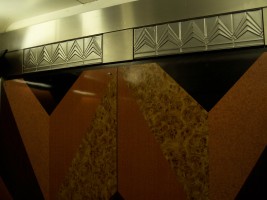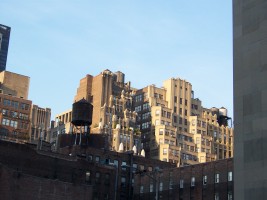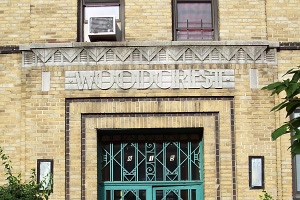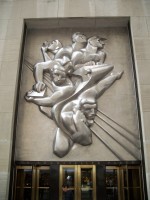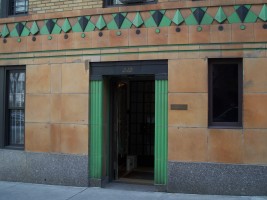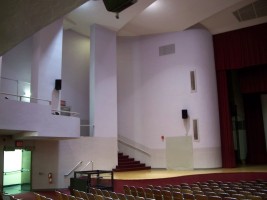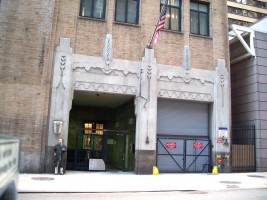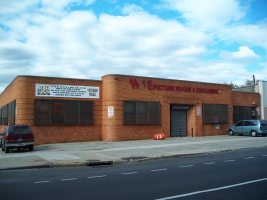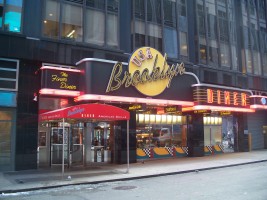Art Deco / Art Moderne
Art Deco was a design style popular from approximately 1925 through 1939. The name is derived from the style's origins at the the 1925 Exposition Internationale des Arts Decoratifs et Industriels Modernes (International Exposition of Modern Industrial and Decorative Art) in Paris, although the terms "Art Deco" (and it's stylistic heir, Art Moderne) were not commonly used until the 1968 publication of Bevis Hillier's art history book Art Deco of the 20s and 30s.
In the 1920s, New York City was both the aesthetic center of America and a city undergoing a construction boom. As such, New York City contains numerous buildings that are excellent representatives of Art Deco architectural design. Art Deco style was commonly applied to commercial and public buildings rather than private residences, giving NYC an additional advantage since the density of Manhattan favored tall, commercial buildings. Art Deco buildings have worn well both for their sturdy design and their nostalgic appeal.
Art Deco was an opulent and purely decorative style that projected elegant modernism. Much of Art Deco style is based on clean geographic shapes with sunbursts, chevrons, zigzags, and octagons predominating. The increasing dominance of technology is reflected in images celebrating machines like railroads and airplanes. Sweeping curves in buildings reflected new trends in aerodynamic streamline vehicle design. Objects from the natural world (especially eagles) were presented in geometrically stylized designs, most prominently on government buildings.
